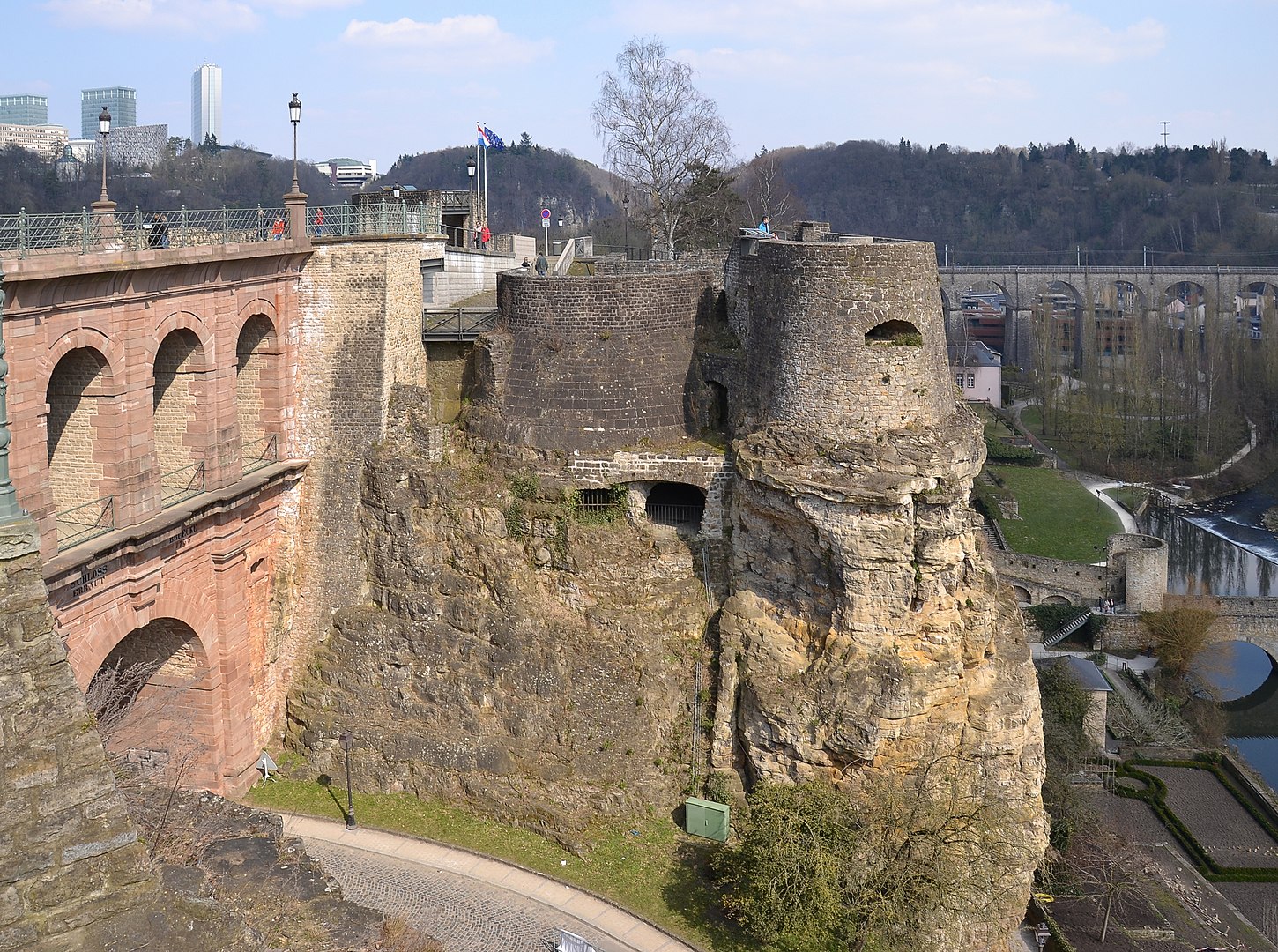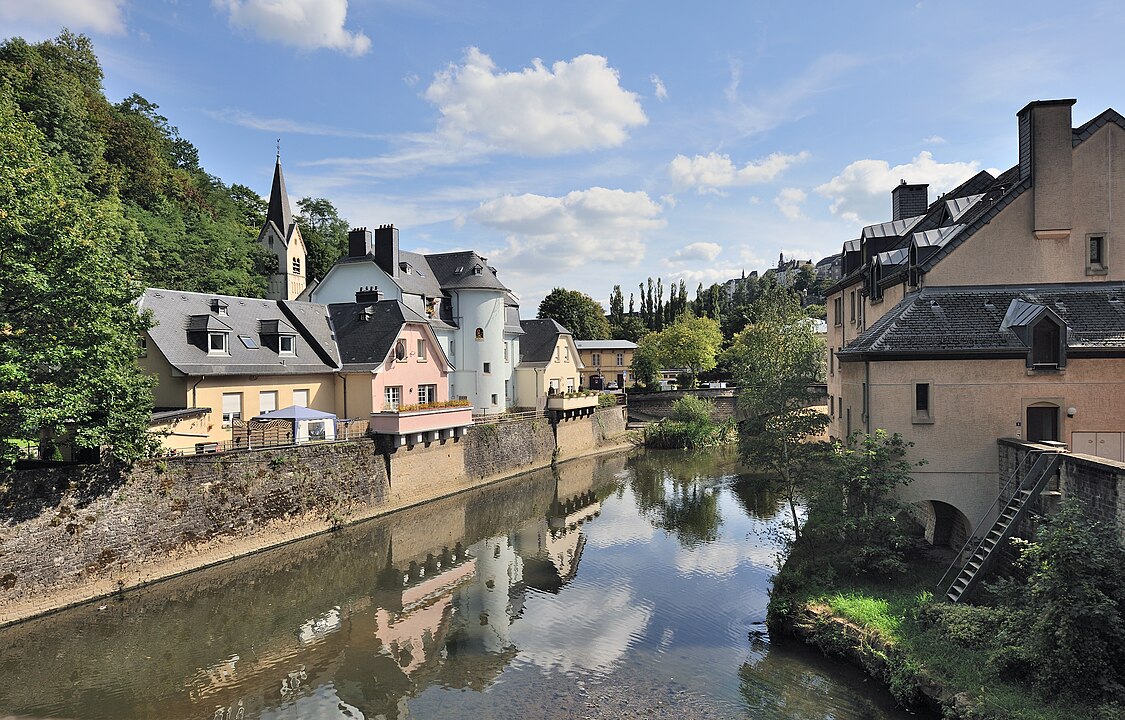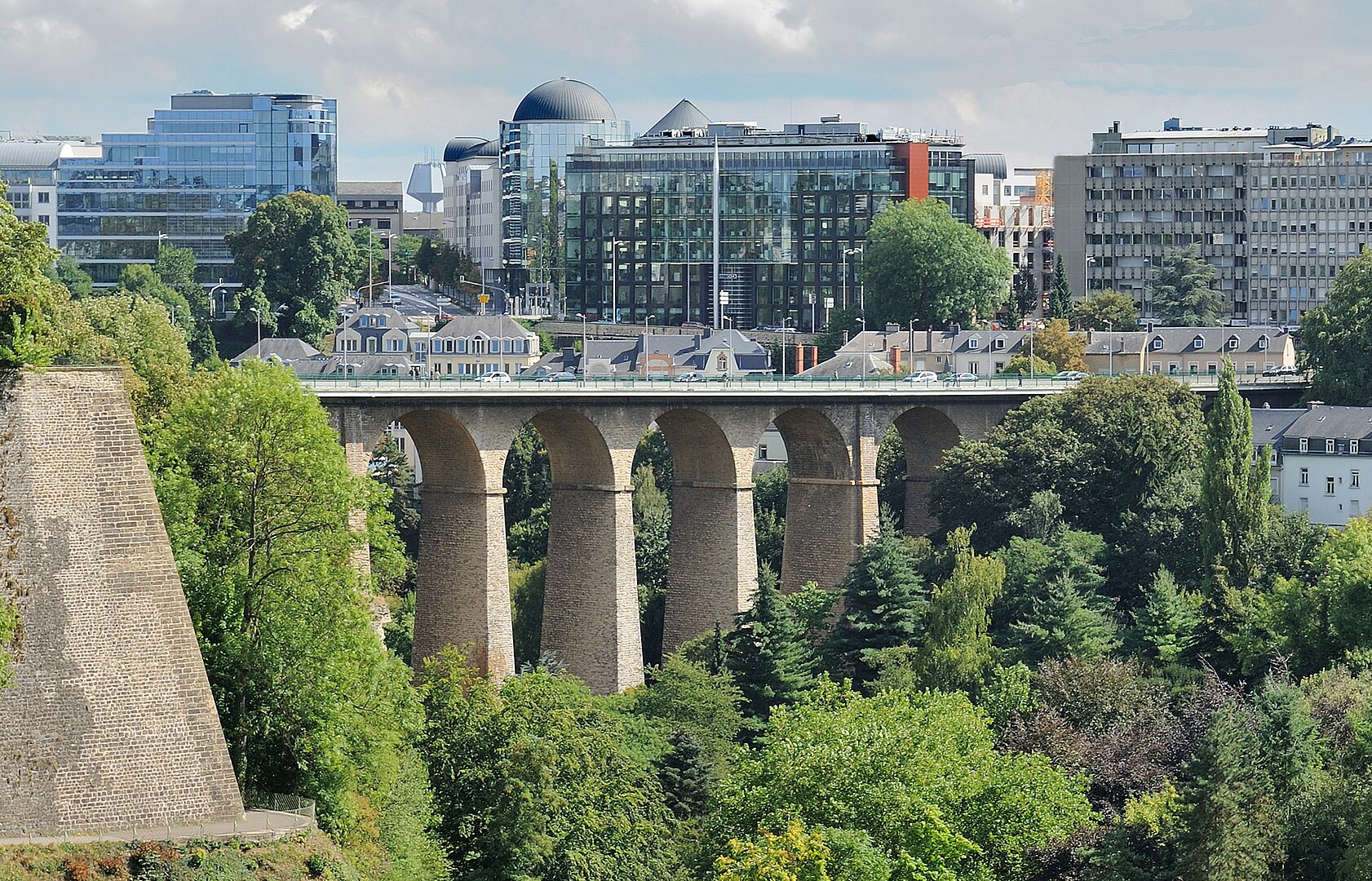Free transport, medieval castles and Notre-Dame: Amazing facts about Luxembourg
 Incredible interesting facts about Luxembourg, a must-visit destination (photo: Getty Images)
Incredible interesting facts about Luxembourg, a must-visit destination (photo: Getty Images)
Luxembourg is a tiny but extremely wealthy country that combines medieval traditions with modern technologies. Here you can see castles that look as if they came straight out of fairy tales, alongside skyscrapers in financial districts. For tourists, this country offers a unique experience — from gastronomy to underground casemates protected by UNESCO.
What interesting things can be seen in Luxembourg, and why is it a must-visit country?
Country with three official languages
Luxembourg has three official languages at once: Luxembourgish, French, and German. In schools, children learn them in parallel from an early age, which makes most residents polyglots. For tourists, this is convenient — you can communicate in French, German, or English, and there will always be someone who understands.
Luxembourg is one of the richest in the world
By GDP per capita, the country is among the top three richest states in the world. Headquarters of banks, IT companies, and international corporations are located here. Despite its miniature size, the country has one of the highest standards of living in the world.
 Medieval castles in Luxembourg at every step (photo: Wikipedia)
Medieval castles in Luxembourg at every step (photo: Wikipedia)
Free transport for everyone
Since 2020, Luxembourg has become the first country in the world where all public transport is free. Tourists and locals can freely use trains, buses, and trams without tickets. This makes traveling around the country easy and accessible even for those who come for just a few days.
Land of castles
More than 70 castles have been preserved on the territory of Luxembourg — from grand medieval fortresses to picturesque ruins. Vianden Castle is the largest and most famous, where historical festivals are held. For tourists, it is a real journey through time, as each castle has its own unique history.
In addition, Luxembourg has many medieval and Renaissance buildings — the Grand Ducal Palace, the Cathedral of Our Lady.
 Luxembourg is one of the richest countries in the world (photo: Wikipedia)
Luxembourg is one of the richest countries in the world (photo: Wikipedia)
Moselle Valley Vineyards
Luxembourg is famous for winemaking, especially in the Moselle River Valley. Grapes are grown here for white wines and the renowned Crémant — the local version of champagne. Guests are offered wine tours with tastings and an introduction to the traditions of winemakers.
The country produces high-quality wines, most of them in the Moselle region. The most common varieties are Riesling, Pinot Blanc, Pinot Gris, and Auxerrois.
Bock Casemates
In the capital are the Bock Casemates — 23 kilometers of underground passages included in the UNESCO heritage list. These were fortifications capable of housing thousands of soldiers and protecting the city from siege. Today, the casemates are a major tourist attraction that is a must-visit.
 Most buildings in Luxembourg are located on rocks (photo: Wikipedia)
Most buildings in Luxembourg are located on rocks (photo: Wikipedia)
Small country with a great history
Despite its size, Luxembourg had strategic importance in Europe. The capital was called the Gibraltar of the North because of its impregnable fortifications. The country witnessed many wars and changes of empires, yet preserved its identity.
Polyglots by default
Most Luxembourgers not only know the three official languages but also speak English fluently. This makes life easier for tourists, as there is practically no language barrier here. At the same time, locals are proud of their Luxembourgish language, which preserves national identity.
 Luxembourg has many bridges and viaducts (photo: Wikipedia)
Luxembourg has many bridges and viaducts (photo: Wikipedia)
Contrast of old and new
In the capital, next to the UNESCO-protected old town quarters, the modern Kirchberg business district has grown. Banks, international organizations, and skyscrapers are located here. The contrast of medieval and futuristic makes Luxembourg especially attractive to travelers.
Unique cuisine
Luxembourgish cuisine is a blend of French sophistication, German heartiness, and Belgian variety. It is worth trying the dish Judd mat Gaardebounen — smoked pork neck with beans, as well as the traditional plum tart Quetschentaart. For gourmets, Luxembourg is a true gastronomic paradise.
What to see in Luxembourg
Place Guillaume II
A popular spot in Luxembourg, located on the site of a Franciscan monastery. The monastery was destroyed in 1829. On the square stands a statue of Luxembourg's Duke William II. On weekends, a market can be seen in the square, and during holidays a stage is set up for musicians.
Notre Dame Cathedral of Luxembourg
This is a Roman Catholic cathedral in Gothic style on the outside, with elements of the Renaissance inside. The cathedral was built in the 17th century and was originally a Jesuit church, later transferred to the Luxembourg parish.
 Monument to Duke William II (photo: Wikipedia)
Monument to Duke William II (photo: Wikipedia)
Vianden Castle
A medieval castle and one of the most fortified strongholds in Western Europe. It is located in the town of Vianden. The structure was built in the 10th century and later rebuilt in Romanesque style. In the 14th century, Gothic elements were added.
Echternach
A small town in Luxembourg's Little Switzerland, considered the oldest settlement in the country. The landscape formed about 1 million years ago as a result of limestone deposits being washed out from the plateau. Before that, for about 20 million years, the plateau was the seabed. Nearby flow several picturesque rivers and the nature is of incredible beauty.
Bock Casemates
If you are interested in Luxembourg's historical landmarks, be sure to visit the casemates. The ancient fortifications, partly carved into the rock, protected the city for centuries. They are located in the center of the capital, so getting there is very easy.
 Nature of Luxembourg will impress any tourist (photo: Wikipedia)
Nature of Luxembourg will impress any tourist (photo: Wikipedia)
Pétrusse Valley
A natural corner ideal for leisurely walks. Green terraced slopes, a river, and old bridges create a fairytale atmosphere. If you are looking for beautiful places in Luxembourg, the Pétrusse Valley will make you feel as if you are in a magical forest at any time of the year.
Interesting facts
- Luxembourg is the last remaining Grand Duchy in the world, with its formation dating back to the Middle Ages. The city of Luxembourg was founded in 963 by Count Siegfried, who built a fortress on the Bock rock.
- Thanks to its location on high cliffs, the city was long considered one of the most impregnable fortresses in Europe.
- Luxembourg is a highly technologically developed country. The main sectors are communications technologies, space, research, and development. It even has its own space agency, which aspires to become a center of the space industry.
- This country consistently ranks high in various global safety and quality of life indices. Luxembourg has a low crime rate, highly efficient law enforcement, and a stable socio-political environment.
- A large number of bridges and gorges give Luxembourg a special look and unique landscape. The city is full of parks and green areas. The main bridge, Adolphe, is a symbol of Luxembourg and an example of impressive engineering.
- The most famous Schueberfouer festival has been held annually since 1340.
- From Luxembourg's main train station, trains travel to most European capitals.
- Luxembourg ranks first among all cities in the world by the number of banks located there.
You may also be interested in:
- Discover Liechtenstein: 10 surprising facts every traveler should know
- Pre-Christian sacred sites in Ukraine you can still visit today
Sources: Visit Luxembourg, Luxembourg Times, Lonely Planet, National Institute of Statistics and Economic Studies of Luxembourg, Wikipedia.

